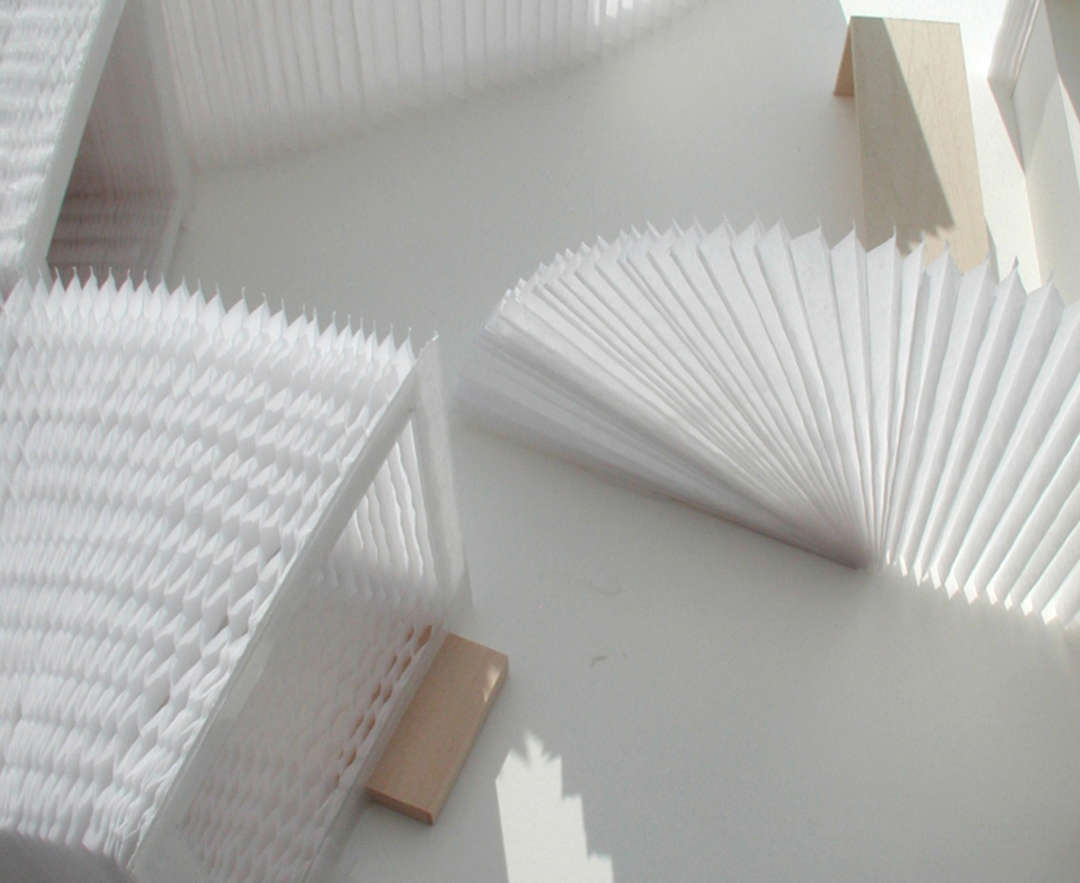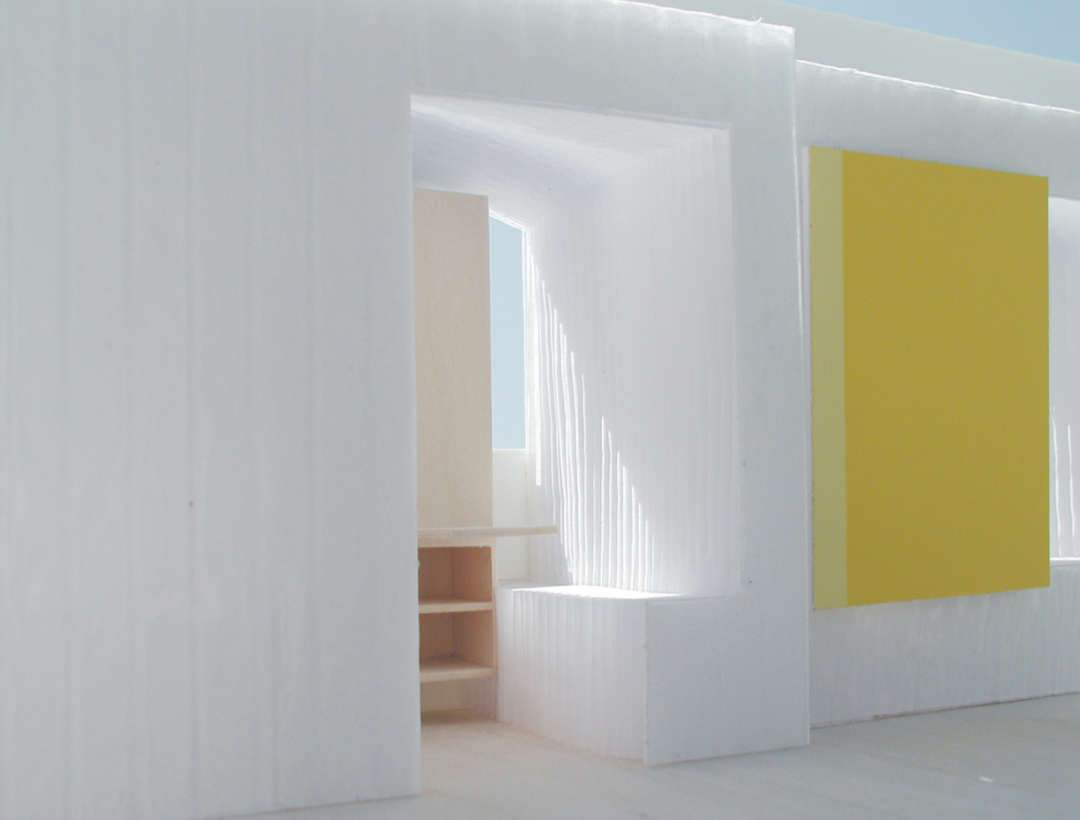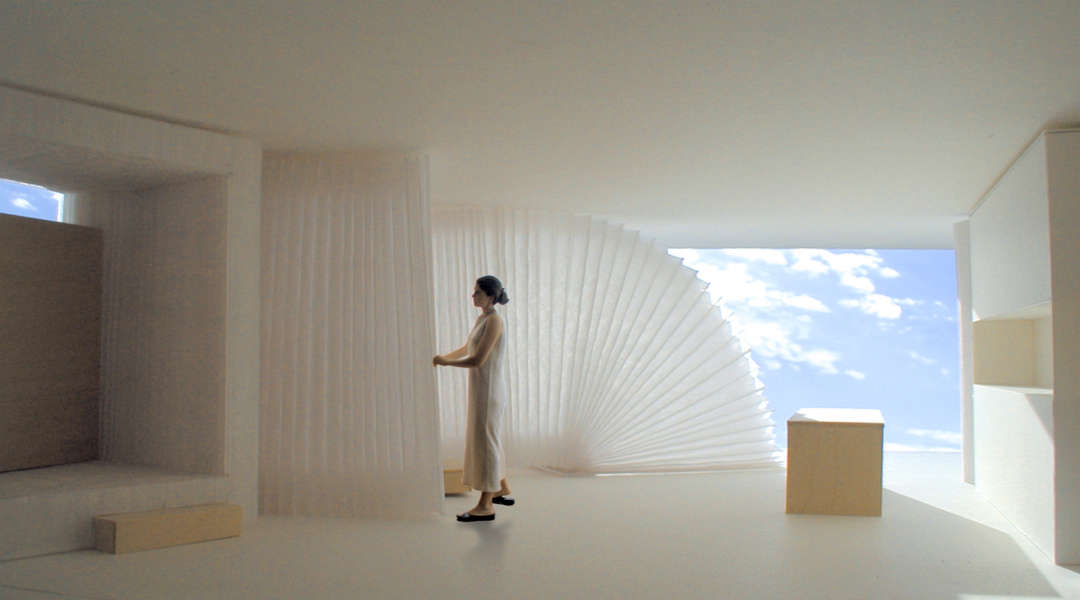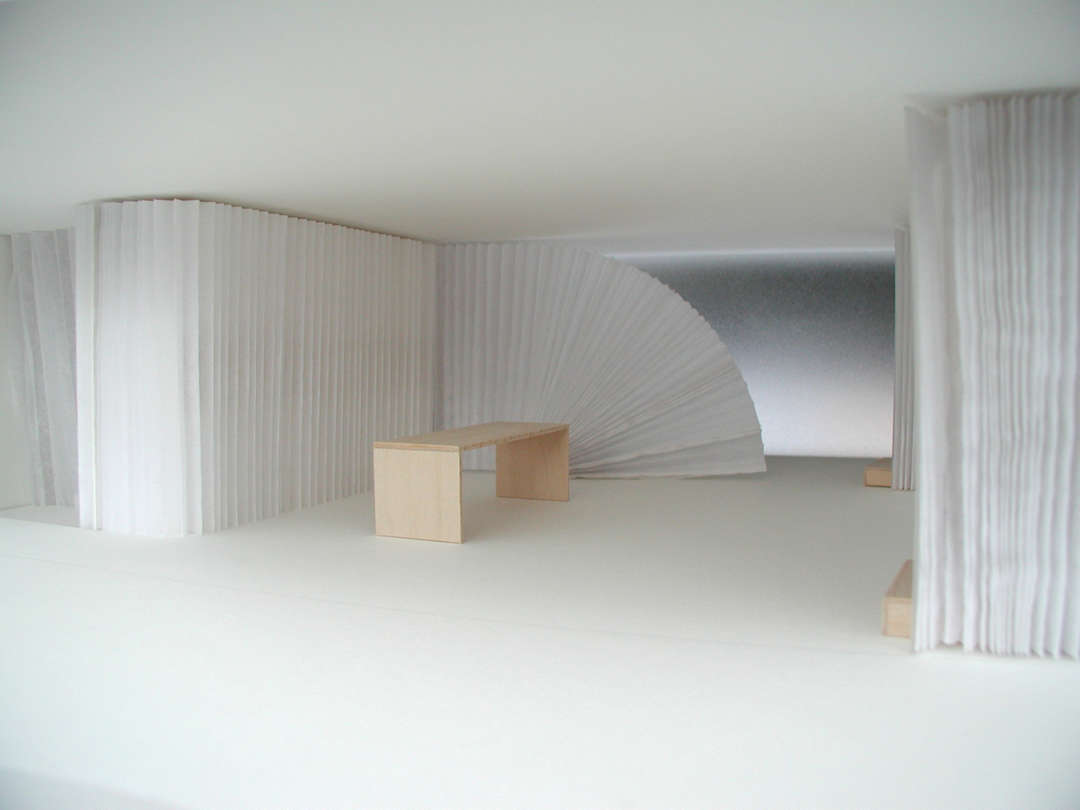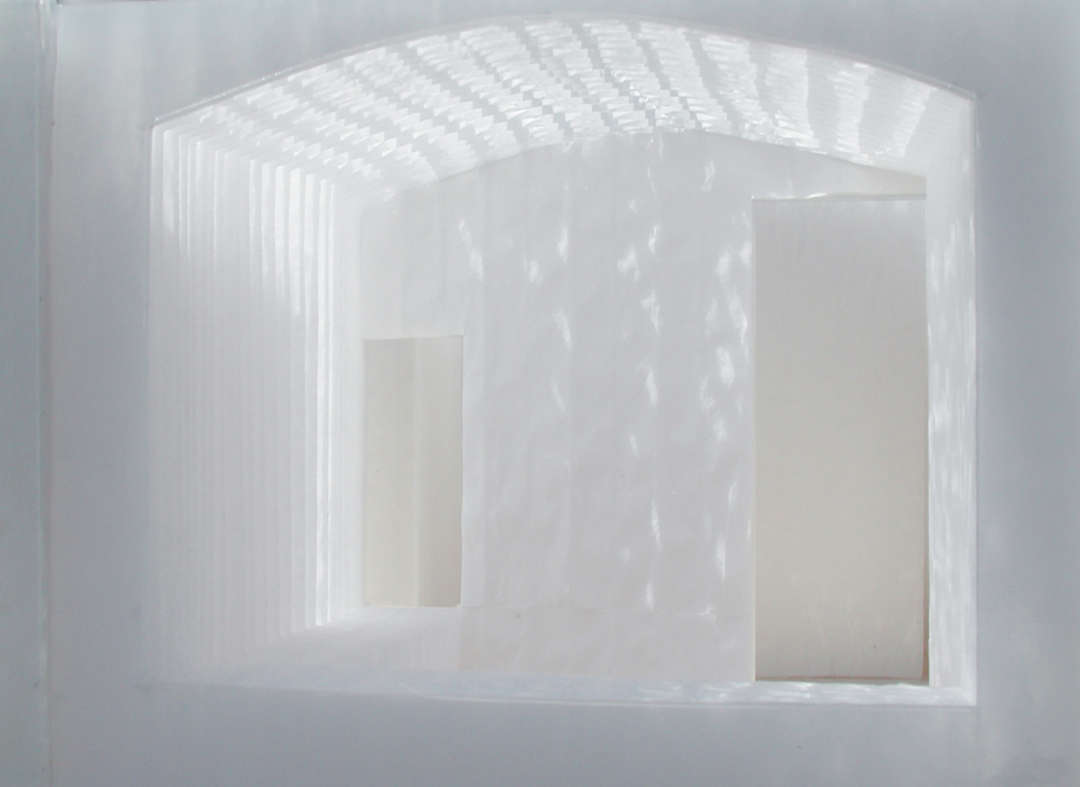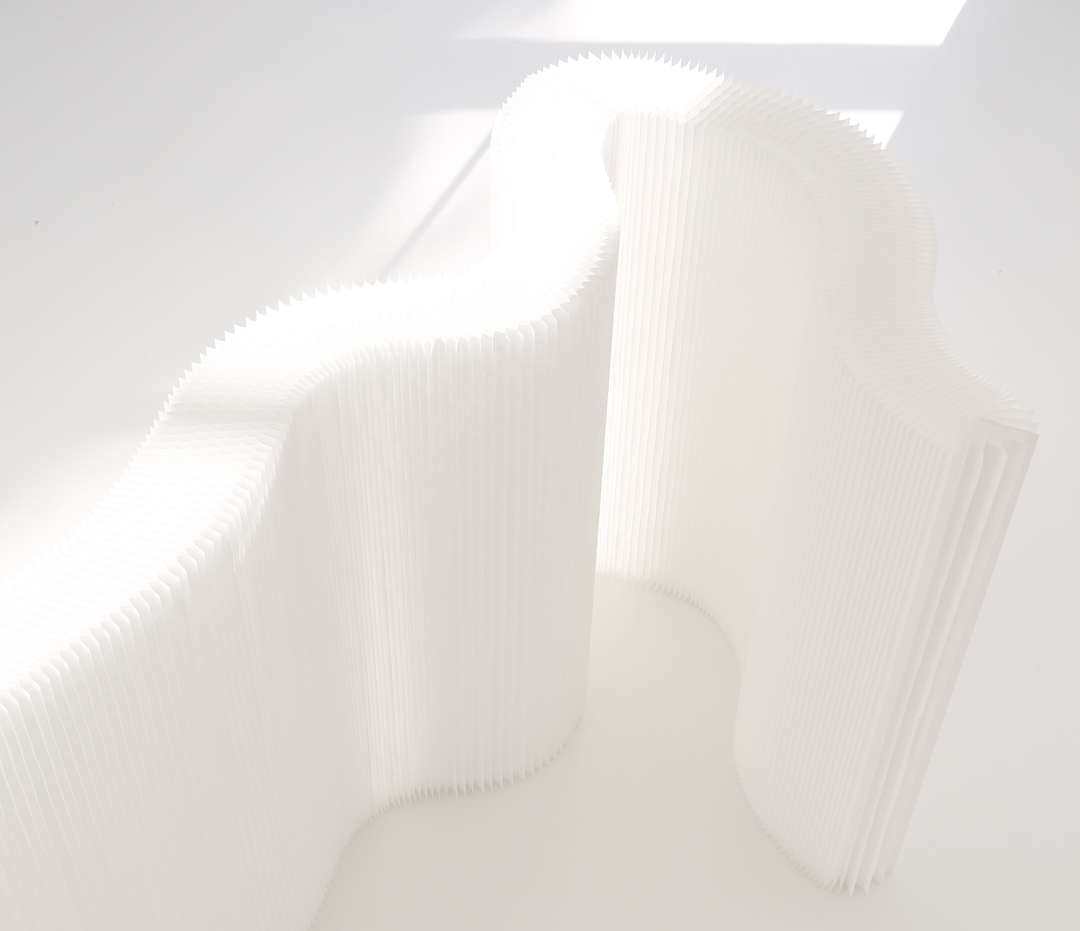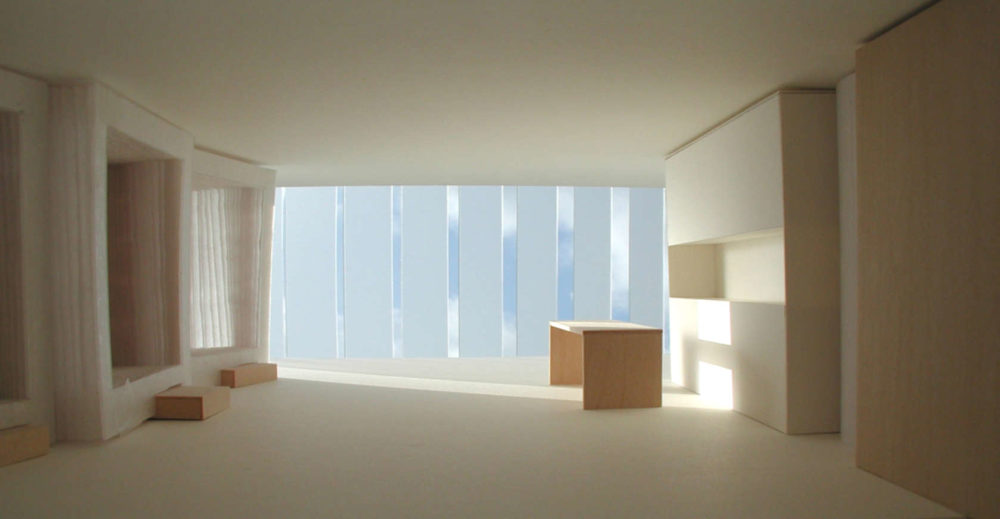
In the latest installment of our New Archetypes column, Architizer spoke with Stephanie Forsythe + Todd MacAllen — the founders and lead designers of molo, an architecture and design studio based in Vancouver — who are dedicated to the experimentation and research of space-making at every scale.
In our interview, we discussed two architectural competitions, softhousing + softroom, which sought innovative solutions to particular housing issues including ideas for homeless shelters and constrained living environments. Both projects have been fundamental to molo’s early development as a design studio and have liberated its approach to embrace limitations and unconventional inventions in its practice.
How did the softhousing + softroom projects begin?
The motivation behind both our softhousing + softroom projects was to look at ways of making the most of small spaces through flexible room division. Before these projects began, we were thinking about our own living situation. We wanted to have flexible privacy within our live/work studio. We began to look at diverse projects with similar objectives to our own that could benefit from this flexibility. Our idea was to make movable rooms within existing buildings.
Model for softroom
Can you explain a little about how the softhousing project developed? What was the organization you were working with, and what were their objectives?
softhousing explored innovative solutions to single-room-occupancy (SRO) housing. The New York-based nonprofit Common Ground Community was seeking alternative ideas on SROs. The building was a typical five-story walkup with a very narrow footprint. Many units would need to fit into a small space. The majority of people living in these units would have an aversion to institutions, so making a small room without those connotations would be difficult. We wanted to make a small, delightful room.
Model for softhousing
The project’s constraints led us to look at things differently. We weren’t keen on taking a single space and dividing it into smaller cells. We were working on creating intimate spaces within a larger space while retaining the usability of the larger space.
molo’s solution would be a series of rooms that could expand and contract. If a room was unoccupied, it could be closed and added to the common area. Neighbors could open up their spaces beside one another and create a shared living room. Although the model’s flexibility allowed for open areas, a person could feel autonomous and completely independent in their space.
Model for softhousing
How did the softroom project develop out of this experimentation with softhousing?
softroom was a continuation of our interest in defining and changing space. The intention of softroom was to facilitate a reciprocal relationship between private and open space — allowing for private space when needed. Intimate spaces could be folded away, giving that space back to the whole.
Prototype for softroom
softroom was developed for a competition called Design Beyond East + West. The jurors included Alessandro Mendini (Italy), Seok-Chul Kim (Korea), Shi-Li Zhang (China) and Kazuyo Sejima (Japan). The competition called for ideas that utilized Eastern and Western architectural philosophies to solve housing issues. In particular, the competition looked at a typical single-family home or apartment. These spaces were very modest, fitting three or four bedrooms within 100 square meters [1,100 square feet]. Because of their size, there was no room for a shared family gathering space. This struck us as similar to how we were thinking about our own space. Influenced by Japanese shōji doors, we were looking for ways that bedrooms could expand and contract and space could be shared or reprogrammed. We realized that we had a fluid solution.
Model for softroom
This honeycomb folding technique is reflected in your furniture and products. How did the ideas of the soft projects transition into molo’s small-scale designs?
The ideas developed in softhousing + softroom became molo’s soft collection. Rather than existing as static fixtures, individual pieces could expand and contract together. We broke down the elements of floor, wall and ceiling. The walls became softwalls, and the ceiling was abstracted into the cloud canopy light. cloud took on a form that wasn’t just a pendant light, but actually a modular design with a sense of enclosure and horizontality. The floor became softseating: a topography of seating and tables that came up from the ground plane.
Stools, table and walls from the soft collection
What led you to take your interest in paper-folding to an architectural application?
We were increasingly interested in developing products without power tools. We had sold all of our power tools hoping to look at making differently. Limitations force innovation, so it was a nice place to be in our lives. By stripping our process down and having very little means, we were forced to look at very simple ways of building and materials we could work with.
In the past, we used paper to make small architectural models. When we began to make larger and larger models, we realized that paper was a building material of its own, especially when combined with the geometry of the honeycomb.
Wall systems from the soft collection
How do you see the development of the softhousing program as being an advantageous solution for homeless shelters?
softhousing opens and encloses space with ease. It doesn’t have the stigma of an institutional space, providing a comforting environment for its residents. When developing the project, we knew they would have to be very small. There had to be something virtuous about them other than their size.
The material and light quality in our models provide an intimacy and warmth not found in a typical SRO. Each room has a cave-like quality — as if all of the pieces were carved out then integrated into the space. The vaulted ceilings of softhousing take the smallness of the space and make it a virtue. It is a structurally efficient way to work with the building and our honeycomb system. Most importantly, it creates an intimate sense of enclosure.
Model for softhousing
How have the two projects impacted the studio’s general design approach?
These two projects connected with architectural ideas we had been considering. Realizing architectural elements could be considered individually was really eye-opening. Occupants don’t usually have control over building elements; they have freedom of movement with their furniture and decorations. But with soft collection, everything could move back and forth or be made to disappear.
These projects changed our way of looking at space. We recognized the opportunity to help people shape their own space. It was an interesting moment because, as architects and designers, we hadn’t predetermined what we should make. So we set up a business model that would fund our own creative development. We could fund making a wall, then making 10 walls and then fund material studies for those walls.
Wall system from the soft collection
We’ve always been interested in furniture, but our intention has been to make architectural elements, including walls and ceilings. It feels unique to us and worth tackling. We’re more connected to space-making than product design. It is beautiful when you realize a lot of things can be architecture, not just fixed structures and conventional building materials.

